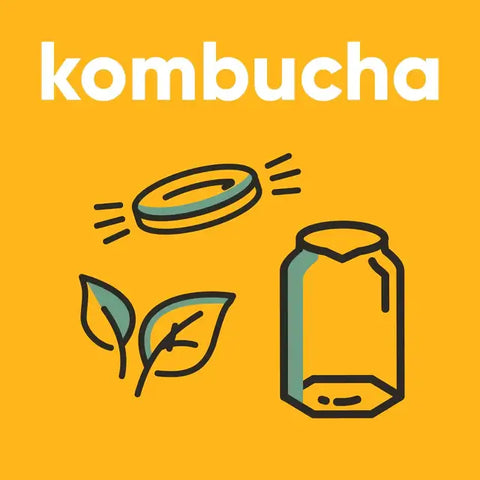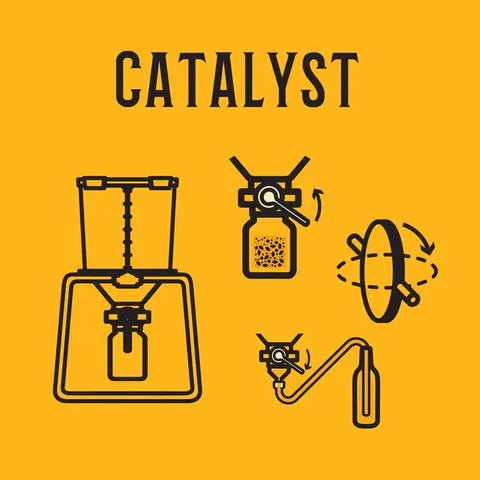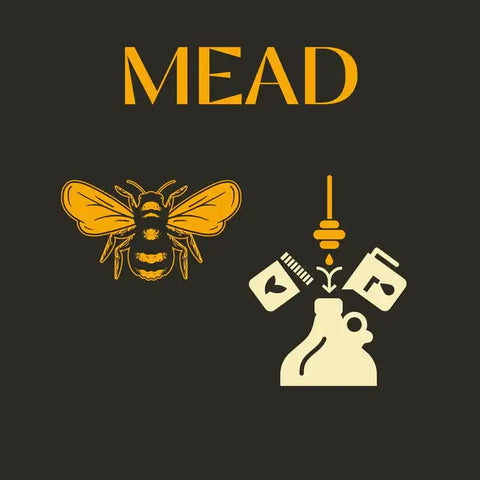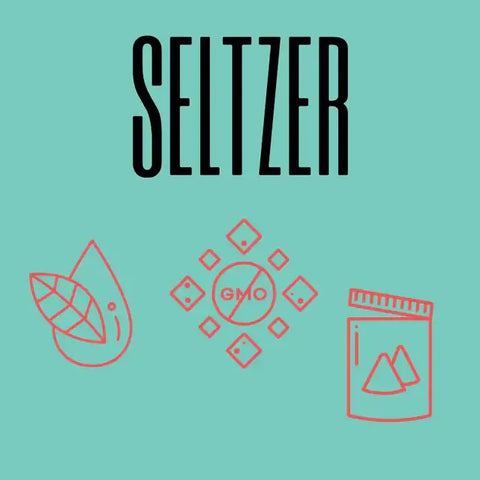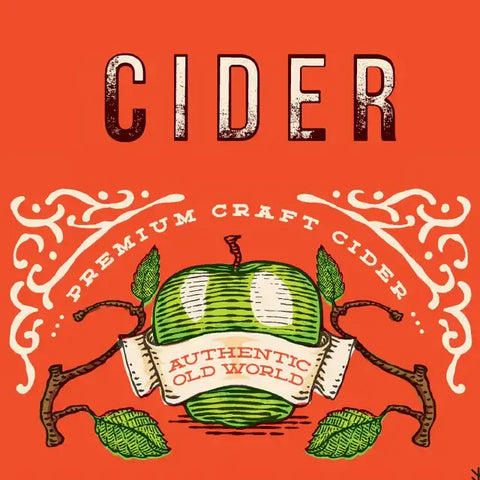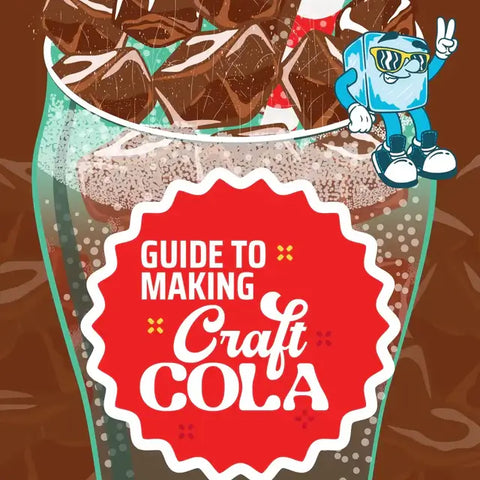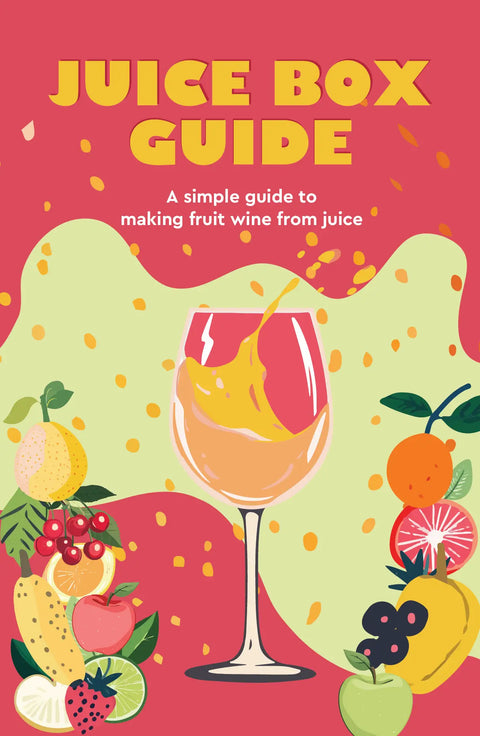Brewing FAQ
Looking for brewing frequently asked questions? Find answers here! Did you lose volume on brew day? Are you struggling with a siphon? Wondering why your airlock is still bubbling? Our home brewing frequently asked questions cover our most popular topics. We’ve compiled years of brewing frequently asked questions into one place for you. If you don’t see an answer to your question here, contact us at support at craftabrew.com & we’ll be glad to help!
